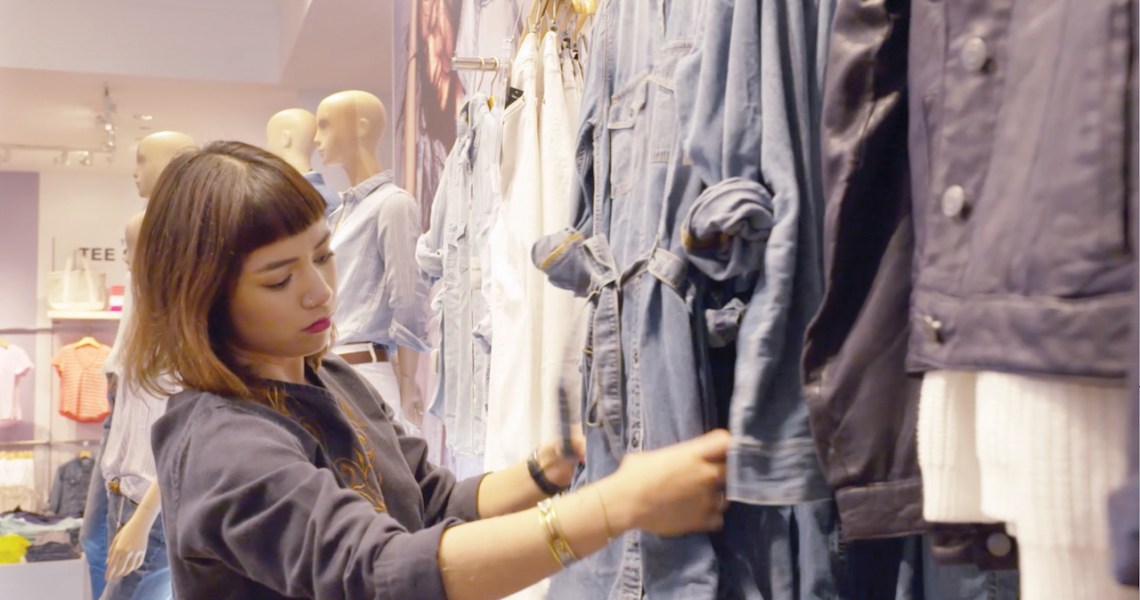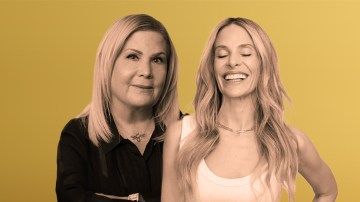This week, Gap announced an ambitious new project to transform its water management, in partnership with Arvind, an Indian textile company. This comes just a week after Gap committed to 100% sustainable cotton by 2025. I spoke with Melissa Fifield, senior director of global sustainable innovation at Gap, about plans to meet those goals and the difficulties of going sustainable.
You have some ambitious sustainability goals. Where do you begin, with a company as large as Gap?
We do have some ambitious goals. It’s really important to think about where we can have the most impact. For us, water is a critical area of focus. Sixty-four percent of the water that goes into our jeans is used to grow the cotton, so moving to sustainable cotton is important. Water is also used to dye the fabric and launder it. Water and cotton are interconnected with a lot of other things we are trying to do — how we use water impacts our climate footprint, for example. The sustainable cotton and water goals are meant to touch every aspect of our business to have the most material impact.
Tell me about the new Arvind partnership.
We are working with a key partner in India. India produces a lot of clothes and is a water-stressed nation. First, we are leveraging municipal wastewater, saving fresh water resources for the communities around our facilities. Arvind’s mill will no longer be using freshwater sources for our manufacturing. That’s an infrastructure thing that’s really helpful. We want our sustainability goals to drive other companies we work with to improve their sustainability practices.
What are some of the biggest logistical difficulties of going sustainable?
We are really rethinking the entire apparel value chain so that we can figure out where to make changes to have less of an impact and do less harm. The real game-changing, but challenging, work is driving toward a more circular model, where we are less reliant on virgin natural resources. We are using more recycled fabric and starting up some take-back programs. All of these issues are so interrelated. Some of the challenges are around what’s available and what can be scaled. Some solutions don’t exist yet, which is a problem, but also an opportunity.




